How To Make A Camera Filter
Every bit a budding or aspiring photographer, you've likely seen or even used camera lens filters before. Photographers use these footling pieces of drinking glass for a multitude of reasons, simply the well-nigh mutual use for photograph filters is managing tricky lighting conditions when shooting.
Filters help minimize glare and reflections, enhance colors, reduce low-cal coming into the lens, and more. Each lens filter serves a specific purpose, as each one is built to evangelize a specific issue that tin can help enhance the final look of an image.
How are Camera Lens Filters Used in Photography?
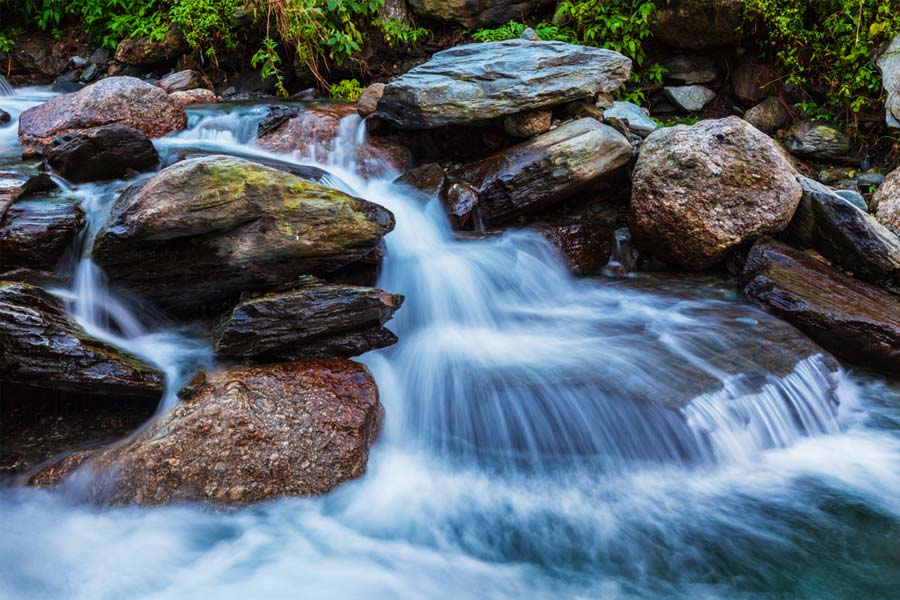
They Protect Your Lens
The most affordable types of camera lens filters are clear and just used for protection. These are bang-up for protecting the front lens element during normal shooting situations, as the clear glass does non affect your images in any mode. Protective lens filters eliminate the possibility of scratches, cracks, and dust accumulating on the surface of your lens.
They Tin Correct or Enhance Colors
In that location are certain types of photograph filters that tin can alter or boost the colors in your images. Some have the ability to correct the colour temperature of a scene, while others can enhance color and contrast for a more than vibrant image.
They Assistance Ensure Authentic Exposure
When working with particularly difficult lighting conditions, photo filters are a great pick for achieving even and accurate exposure across your entire image. They do this by blocking some of the light that enters the lens (in varying degrees). These are particularly helpful when shooting outdoors during daytime, particularly when using fast shutter speeds may not exist plenty to avoid overexposure.
They Add Touch to Your Images
Camera lens filters can assistance improve your images in diverse ways—they're useful for increasing contrast in an image, creating more vivid colors, eliminating glare and distracting reflections from h2o and glassy surfaces, and more. But adding filters to photos likewise gives a little oomph to an otherwise lackluster shot by adding some interesting effects, like multi-signal "stars" on light sources or softened edges.
Different Kinds of Camera Lens Filters
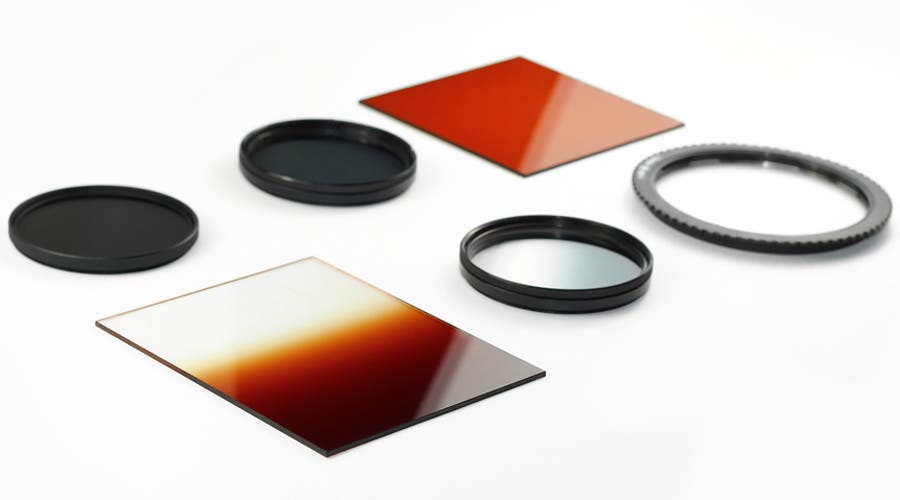
1. Spiral-On Filters
As well called a circular filter, this is any camera lens filter that is directly mounted and screwed onto the front of a lens. There are dissimilar photographic camera filters that autumn under this category, including the nigh commonly used ones like polarizers, ND filters, and colour filters. They usually vary in diameter or thickness, and the thickest ones tin can sometimes produce vignetting in your images.
ii. Drop-in Filters
Drop-in filters are used primarily with telephoto lenses, every bit they often have larger front elements and cannot always be used with a standard spiral-on filter. As its name suggests, a drop-in filter is inserted into a small, specialized compartment most the rear part of the lens.
iii. Square Filters
These filters are normally used with a lens filter holder that is attached to the front of the lens. Y'all'll only need to get adapters for your lens filter holder in gild to be able to use i or more filters of dissimilar sizes. This type of filter is popularly used for landscape photography.
iv. Rectangular Filters
Another pop choice for landscape photographers is rectangular filters, which are likewise mounted with a filter holder. Using a rectangular filter gives the photographer more than infinite to move around the subject without risking uneven spots. Its nearly popular size is 4×half dozen, but there are smaller and larger filters bachelor as well.
seven Types of Camera Lens Filters
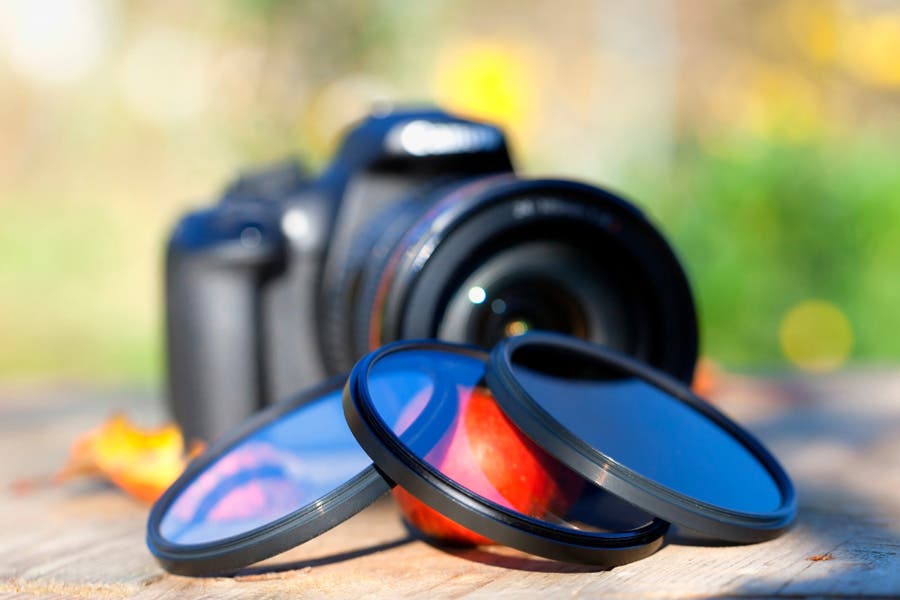
Filters are relatively cheap as far as camera gear goes, but if you don't know the right ones to buy for your own needs or how yous can use them to meliorate your photos, yous may but finish up wasting your money.
In the post-obit lens filter guide, nosotros explain the different types of camera filters and their corresponding effects to help you figure out which ones you need:
UV and Skylight Filters
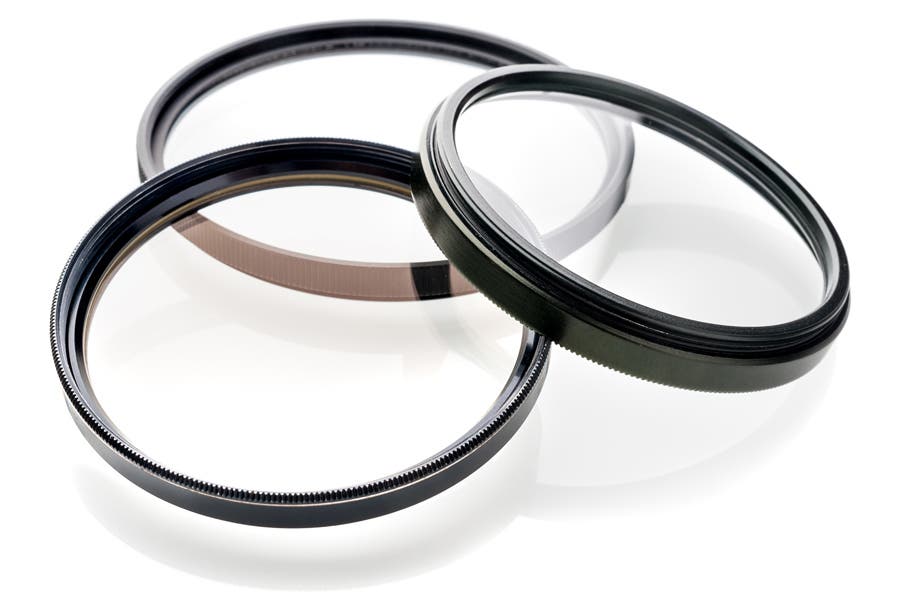
Protective UV and skylight filters are often used to protect the front element of a lens against moisture, dirt, and scratches, which makes them ideal for shooting in moisture, dusty, or muddy environments. In the by, UV filters were too used to prevent the UV calorie-free from causing haze and fogginess in older photographic films, which were typically more sensitive to UV rays.
On the other mitt, skylight filters are every lensman's all-time friend when shooting under a clear blue heaven. They tin reduce the excessive blueish cast that ofttimes appears in photographs taken outdoors. They can also go along skin tones free of colour reflections from objects that are effectually the subject.
Keep in mind, however, that with a skylight filter equally your lens' protection, the prototype quality of your photos may exist compromised every bit it can intensify lens flares that tend to add a colour tint and reduce image contrast.
Considering most photographers keep a UV or skylight filter on their lenses for protection, it's important to invest in a high-quality filter that will stand up to rugged use without detracting from the overall quality of your images.
Afterward all, it doesn't affair if you're using a $two,000 lens if you're shooting through a $5 filter. Cheap filters diminish the sharpness and resolution of your photographs. That's why information technology's always wise to invest in a loftier-terminate camera filter.
As you shop for photographic camera lens filters, explore multi-coated options that volition retain the quality of the images your lenses volition produce.
Most suitable for: All kinds of photography
Polarizing Filters
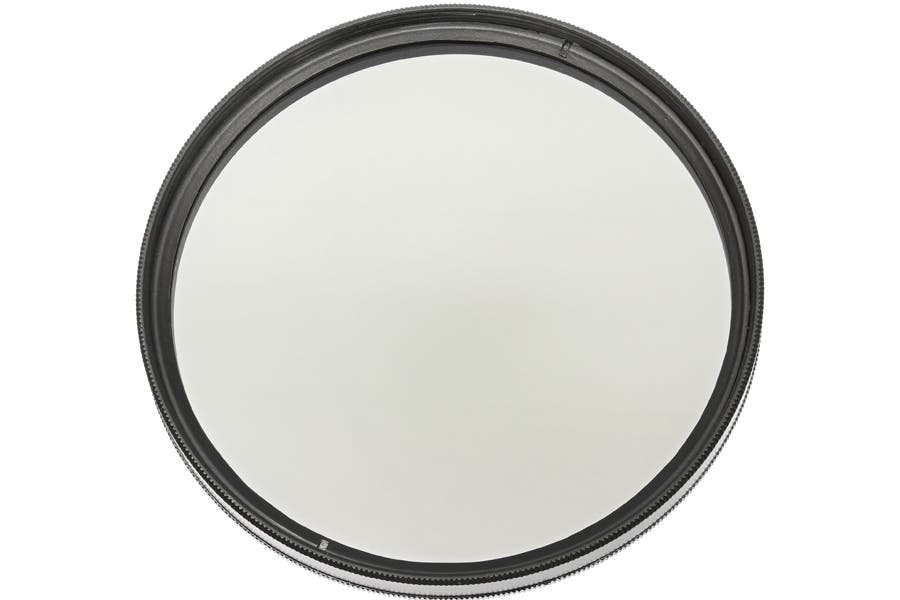
Polarizing filters, pretty much like sunglasses, add depth to an epitome by saturating its color and reducing reflections. These filters have a rotating mount that'south easy to attach to a lens. Once a polarizing filter is mounted on your lens and the subject is already framed, yous can slowly rotate the filter while watching how the paradigm changes on your camera's viewfinder or live view.
Polarizers are best for shooting landscapes. They darken skies and make colors pop, too every bit eliminate glare and reduce reflections on glassy or h2o surfaces.
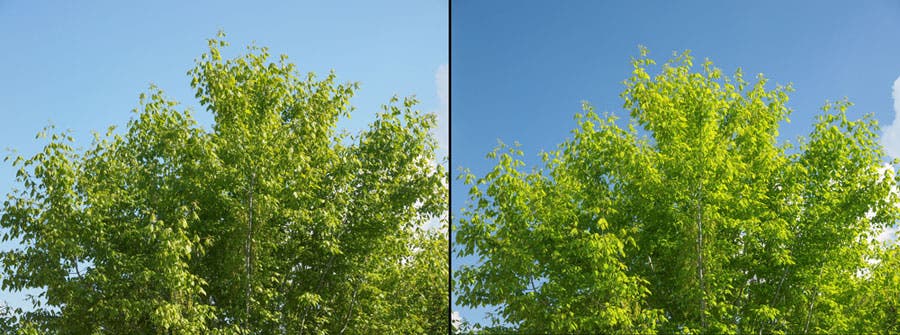
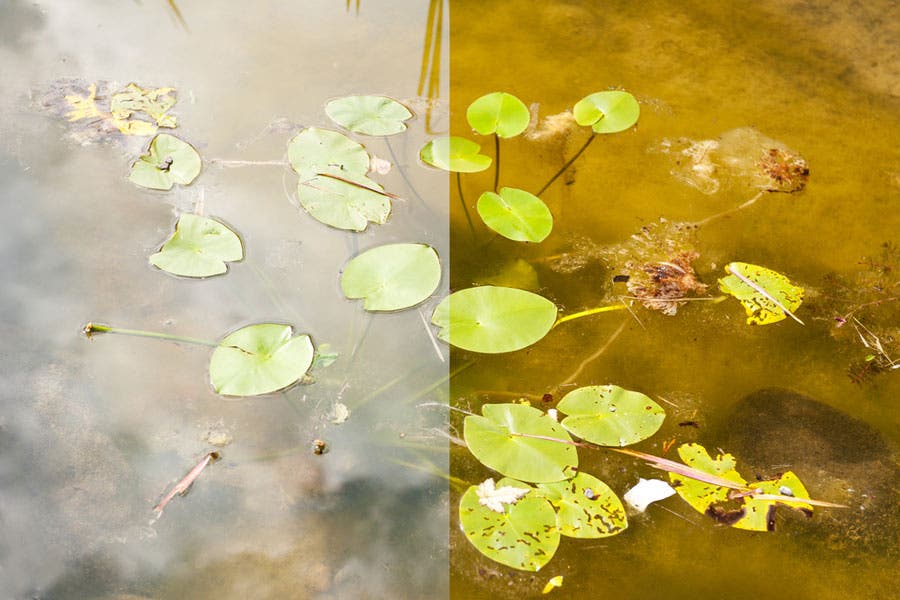
When photographing landscapes, avoid panning your photographic camera because information technology can create uneven, night areas in the sky. As well, you need to be careful when using this filter with an ultra wide-angle lens, every bit it can also cause the blue color of the heaven to look uneven in your photos.
Polarizing camera filters come with a fleck of a learning curve. If you've ever seen a photograph where one corner of the sky looks artificially night or has an unreal blue tint to information technology, the photographer most likely didn't know how to use camera filters such as polarizers.
When using a polarizing camera lens filter, you'll have the nigh success when the sun is directly overhead. If the sun is at a lower bending, it'south harder to go natural and realistic-looking results. That's why polarizers are such dandy accessories for the harsh low-cal of midday but are less useful at sunrise and sunset.
Most suitable for: All kinds of photography
Sentinel this Adorama Television receiver episode to know more nigh UV filters and polarizing filters.
Neutral Density Filters
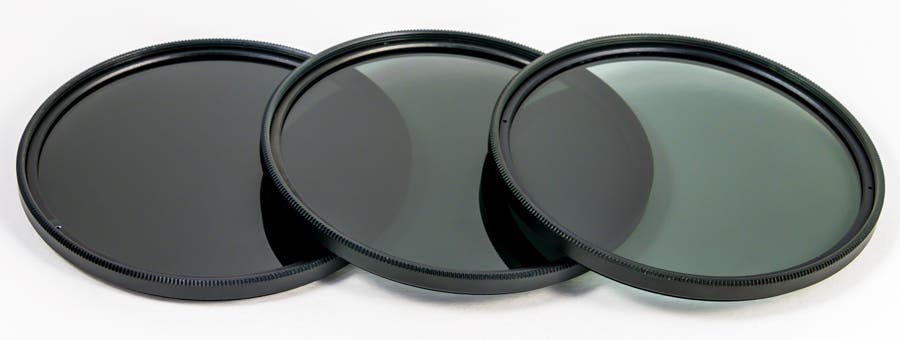
Neutral density (ND) filters are sheets of dark-colored glasses that reduce the corporeality of low-cal that enters your lens and hits to the sensor, but without affecting the colour of the resulting image. This includes excess sunlight and powerful calorie-free from studio flashes.
An ND filter doesn't need any adjustment at all, and yous tin can still use the metering and focusing arrangement of your camera and lens even with this filter attached to your lens.
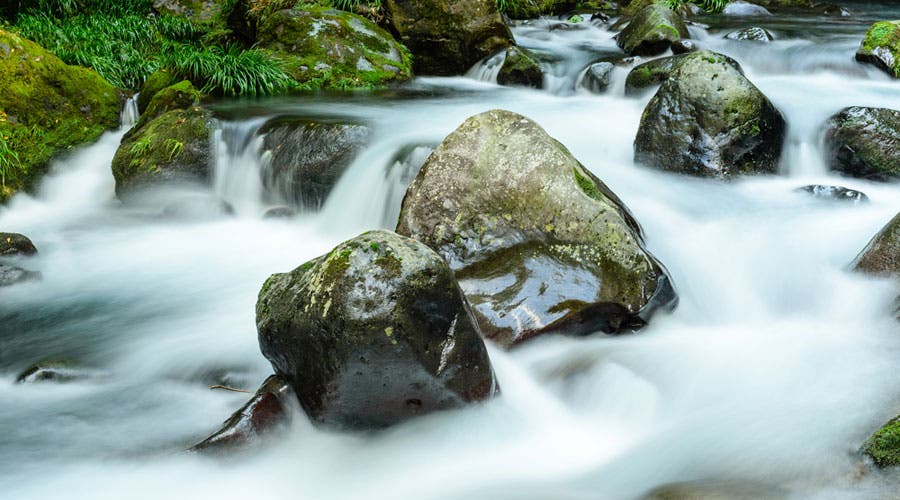
By reducing the intensity of incoming light, this filter allows y'all to shoot with slower shutter speeds without overexposing your image. In that example, if you're going to take a photo of a moving subject like flowing water, make sure to use a tripod for more than dramatic motion blur and to ensure that everything else is tack sharp.
Neutral density filters are rated in stops of lite. For example, you can utilize a 2-cease ND filter to block a smaller amount of light, or a x-stop ND filter to block a significant amount of light. The more stops of light your filter blocks, the longer shutter speed you tin can get away with.
Some ND filters for your camera are variable, so you can rotate them to block more light or less light every bit needed. This is a handy feature if you like to keep your photography kit light and compact. You can invest in a variable ND filter and bask a variety of filtering options in one compact accompaniment.
Most suitable for:
- Landscape photography
- Flash photography
- Street photography
- Photographing moving bodies of water similar rivers and falls
Graduated Neutral Density Filter
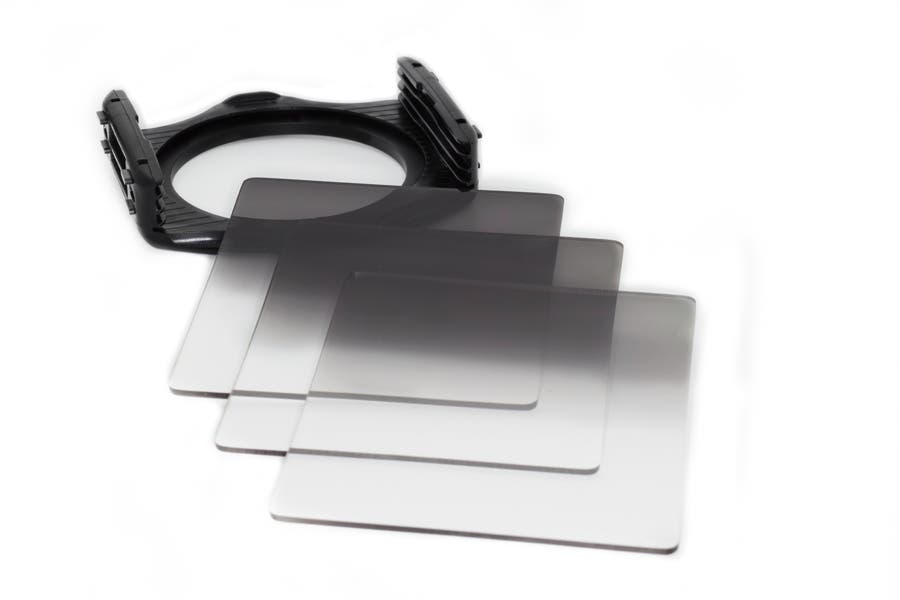
Graduated neutral density filters (also known as ND Grad or GND filters) accept a vertical transition between night and clear to balance the exposure between the sunny heaven and its darker foreground. They vary in darkness and are measured in "stops"—the number of stops of light determines how much it will darken part of the scene y'all are trying to capture.
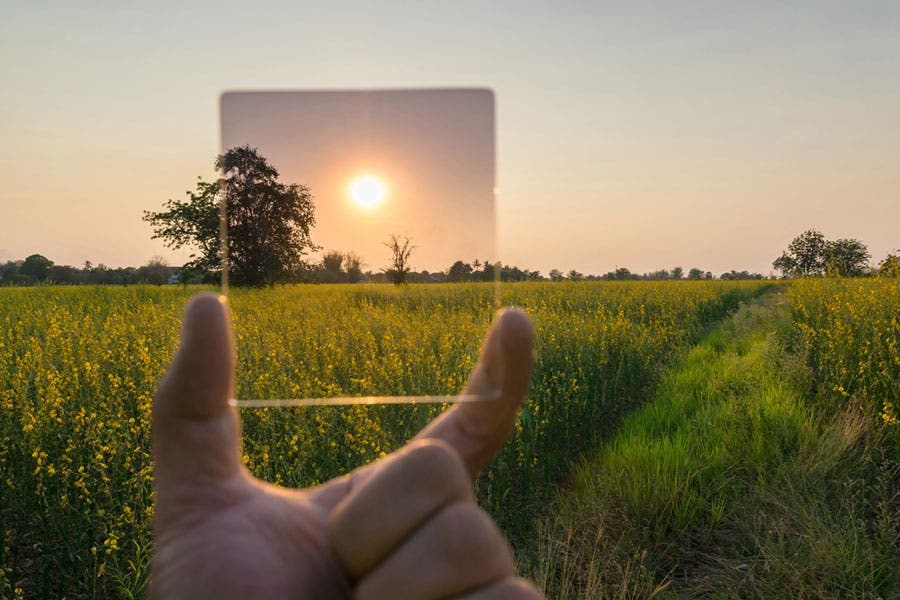
GND filters generally come in 3 mutual types: soft-edged, difficult-edged, and opposite.
- Hard-Edge GND Filter – Has a neutral grayness half that sharply transitions to articulate at the center. It is mostly used to balance out high-contrast scenes, such as a flat horizon with bright skies and a nighttime foreground, to create an evenly exposed epitome.
- Soft-Edge GND Filter – More commonly preferred for its smoother gradient between the dark and clear areas, this filter is best used if the horizon is not perfectly straight or flat; you tin can also opt for this if the hard-border filter tends to create a noticeable midline for your called scene.
- Contrary GND Filter – Special filter that mural photographers use to shoot beautiful sunrises and sunsets when the lord's day is much closer to the horizon. Unlike regular GND filters that transition from nighttime to light in the middle, this type changes from dark (for the sky) to darker (for the sun) on the summit one-half and then all clear on the lower half (for the foreground).
Graduated neutral density filters are a very handy accessory for managing tricky lighting situations. Digital cameras are rapidly expanding their dynamic range capabilities, simply all photographers will eventually discover themselves in a situation where one function of the frame requires more exposure time than another.
By investing in a GND filter for your camera, you'll be able to handle circuitous lighting situations without relying on Photoshop or Lightroom. Get the exposure right in camera and you'll spend more time shooting and less time in front of your computer screen.
If you don't know how to use camera filters that feature a graduated range of neutral density, try a soft-edged filter for the most anticipated and bonny results before moving on to other varieties.
Most suitable for:
- Landscape photography
- Shooting during the golden hours: after sunrise and earlier sunset
Color Correcting Filters
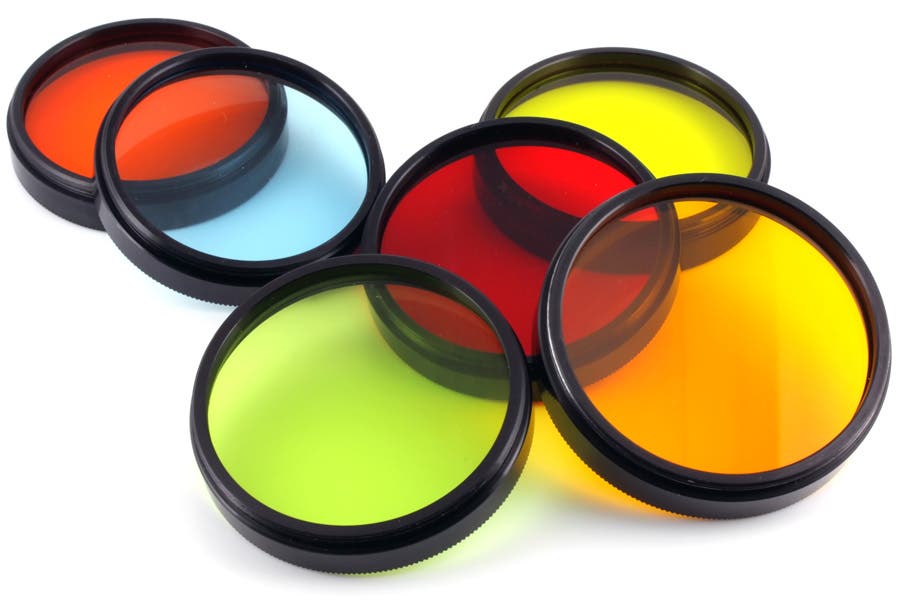
Color correcting filters, likewise known every bit cooling and warming, color conversion, or color compensating filters, are used to right and/or enhance the color of your scene. Warming and cooling filters are great for correcting indoor lighting and making your scene look gloomier or sunnier while other colored filters are groovy for bringing out certain hues in a scene.
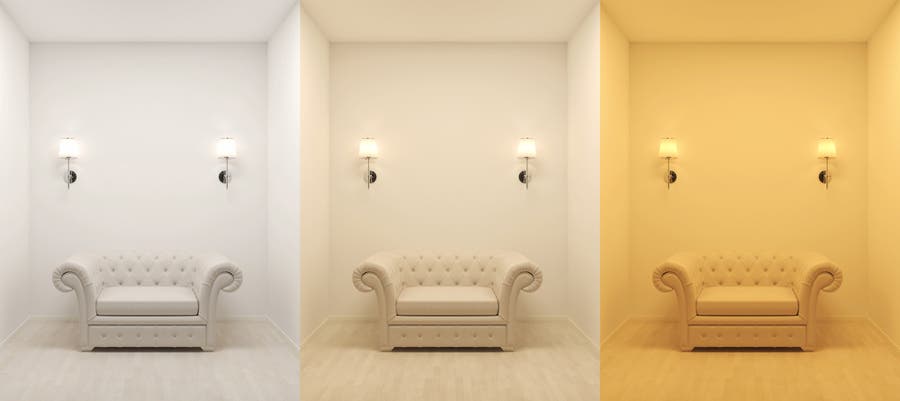
For those who'd rather skip the color correction in postal service-production, these are helpful in making your images look more beautiful, authentic, and realistic.
As more and more than photographers switch to shooting in RAW over the JPEG format, color casts and white residue have go less of a pressing concern while shooting. Still, information technology'southward important to think about color correction at every stage of the photographic process.
Some scenarios, like working with natural light, crave less color correction. Merely any fourth dimension you shoot with available lite in cities, function buildings, or other public spaces, information technology'south best to right the colour at the time of shooting.
If you ever find yourself struggling to get an accurate pare tone nether fluorescent lights or hoping for less of a blue cast on snowy days, consider colour correction filters for your camera. They can be a major timesaver.
Most suitable for: All kinds of photography
Close-Upwards Filters
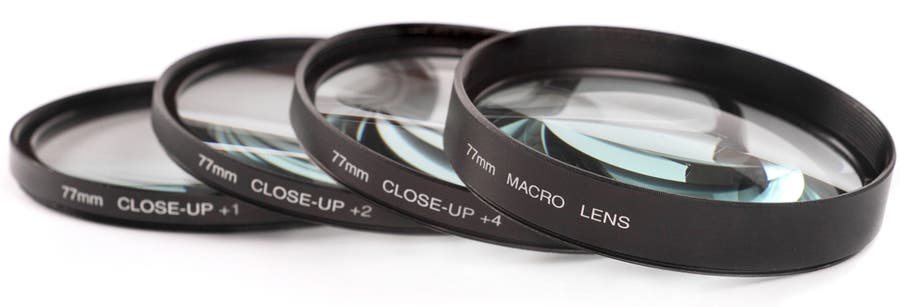
Close-upwards filters (also known as macro filters or diopters) are used to enable macro photography without having to employ a defended macro lens. Many photographers resort to purchasing these small pieces of glass than invest in more plush macro lenses, specially when they don't necessarily have to have close-up shots all the time.
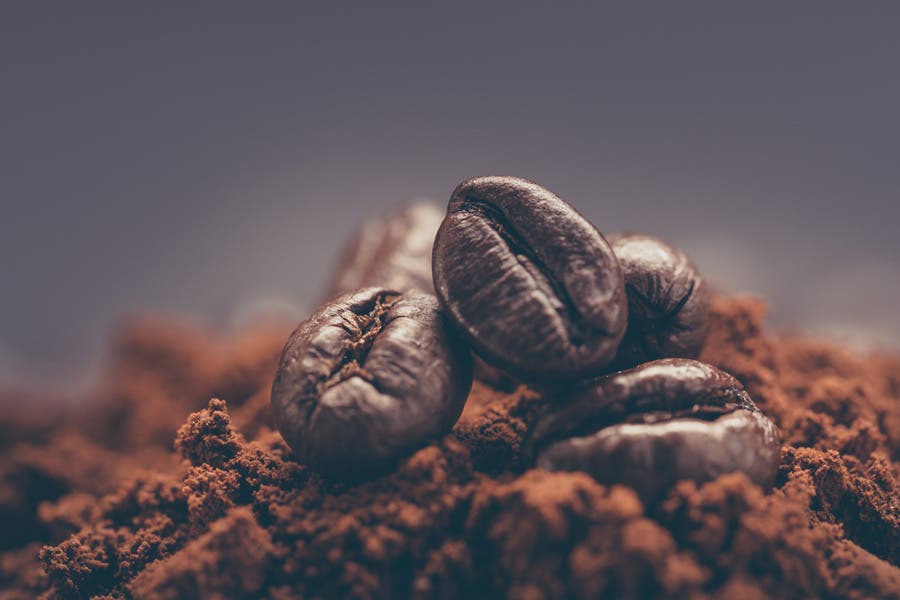
Then again, these lens filters can't replace the magnifying power of actual macro lenses. Close-up filters are only like reading or magnifying glasses that help regular lenses focus more closely on subjects.
If y'all're interested in exploring macro photography just you don't have the budget to invest in a new lens, adding a close-up filter to your photographic camera kit can aggrandize your gear'due south functionality at a modest price betoken.
Some lenses even come up with a close-upwardly filter for adding macro photography functionality. These supplemental close-up filters are designed for apply with that specific lens and work seamlessly with your lens's focal length and inner elements to help you lot get physically closer to your field of study without sacrificing sharpness.
Close-up filters are amongst the least common types of camera lens filters, but they tin be very helpful when you use them correctly.
Most suitable for: Macro and still life photography
Special Effects Filters
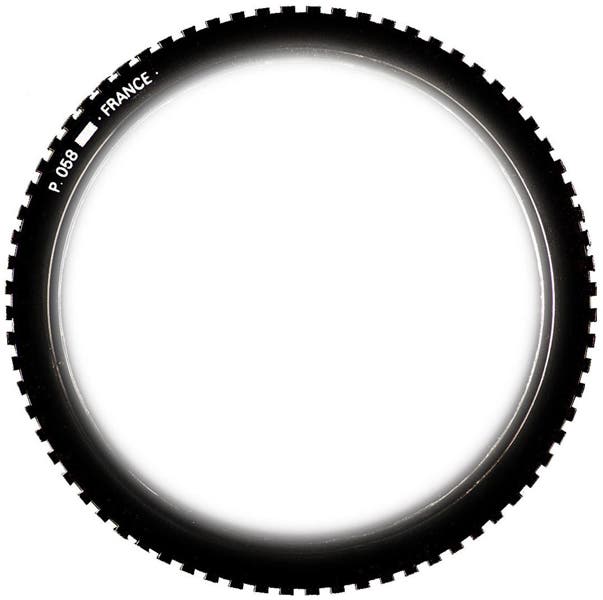
Special effects filters serve different purposes in improving your images. Possibly the about popular type of special effects filters is the starburst filter, which effortlessly adds a noticeable twinkle to image highlights and light sources such equally street lamps and Christmas lights. You can cull from filters that produce ii-, four-, half dozen-, or 8-point stars and light flares.
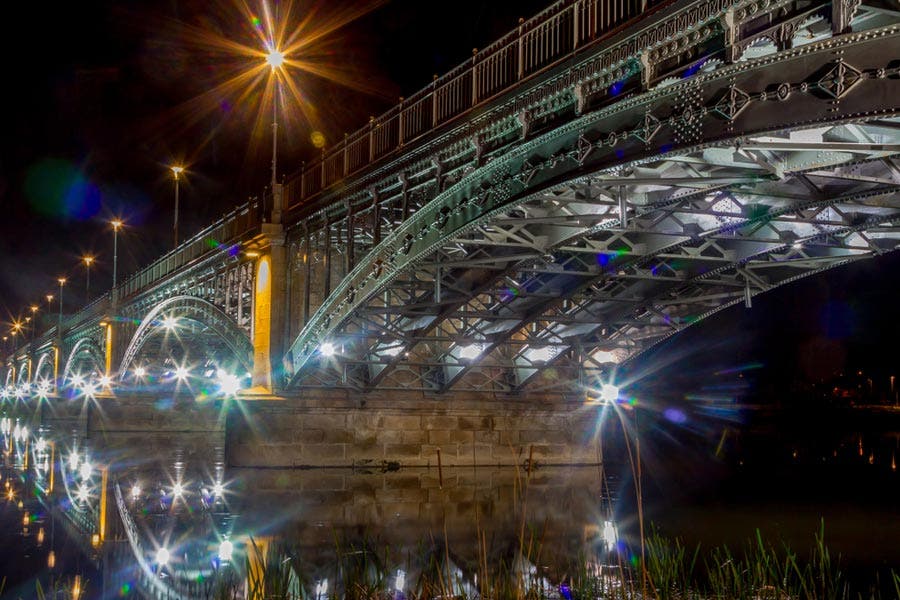
Other special effects filters include infrared filters, multivision, centre spot or diffusion filters, and twenty-four hour period for night filters. However, about of these have lost their popularity since their effects can now be hands reproduced in Photoshop. What tin't be hands replicated, however, are the unique furnishings of bokeh filters on out-of-focus mistiness.
Every lensman will inevitably get through a creative heat of one type or another. If you find yourself searching for inspiration or having a difficult time feeling engaged by your photography, special effects filters are a flexible solution to shake things up.
A small investment and a elementary-to-use slice of equipment can transform the visual quality of your images. Non every special furnishings filter will work well for every scenario, but trying out your new filters in new settings and with new subjects just may be the nudge you need to go back into a artistic flow country.
Nigh suitable for: All kinds of photography
How Do I Choose a Camera Lens Filter?
When choosing a camera lens filter, in that location are three primary questions you should ask yourself:
- What exercise I desire my new filter to do?
- What lens or lenses practice I want to utilise my new filter with?
- What is my budget for a new camera lens filter?
Because no two filters are the aforementioned, it's important to determine what exactly yous're looking for in a filter before you buy.
Know the Different Kinds of Photographic camera Lens Filters
Do you want to cutting reflections and achieve bold contrast and colors? Then a polarizing filter for your camera is the best selection.
Exercise you want to be able to go along your shutter open up longer for blurred movement in brilliant environments? It's time to invest in a neutral density filter.
Are you hoping to observe a new creative border for your portraits or landscapes? Check out special furnishings filters for a whole new look.
Choose the Right Filter Measurement
Every lens has a specific filter measurement. If you know you desire to employ a filter with 1 specific lens or another, you'll demand to reference that filter size before yous make a purchase. About lenses list the required filter size somewhere on the lens itself. It volition be denoted as a measurement in mm with a symbol that looks like this: ⍉. Common filter sizes range from 58mm to 77mm.
If yous desire your filter to exist usable with multiple lenses, buy a filter for the largest lens measurement in your kit. Y'all can arrange whatever filter with stride-upwards or pace-down rings to work with other lenses as well.
Dial in Your Upkeep
Budget is a key consideration. You don't want to purchase the to the lowest degree expensive filter or yous'll sacrifice visual quality. Cheap filters are also more prone to getting stuck on lenses. If you're non using ultra-expensive lenses, you can go away with a middle-of-the-route budget for filters.
Photographic camera Lens Filter Overview
| Lens Filter | Result | Photography Type |
| UV & Skylight Filter |
| All |
| Polarizing Filter |
| All |
| Neutral Density Filter |
| Landscape and Flash Photography |
| Hard-Edge Graduated ND Filter |
| Landscape Photography |
| Soft-Edge Graduated ND Filter |
| Mural Photography |
| Reverse Graduated ND Filter |
| Landscape Photography |
| Colored Filter |
| All |
| Shut-Upwards Filter |
| Macro Photography |
| Special Effects Filters |
| All |
Small as they may exist, lens filters play a huge role in the outcome of your images. If you like instant results and detest spending time and endeavor in post-product, using lens filters is the selection for you lot and nosotros hope this lens filter guide was able to help you understand how and when yous can employ them to improve your photography.
Source: https://www.adorama.com/alc/a-beginners-guide-to-camera-lens-filters/
Posted by: davisalowely.blogspot.com


0 Response to "How To Make A Camera Filter"
Post a Comment